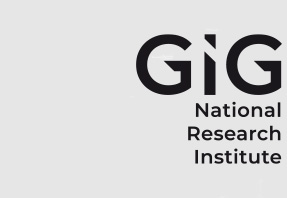Setting rehabilitation priorities for abandoned mines of similar characteristics according to their visual impact: The case of Milos Island, Greece
Author ORCID Identifier
Evangelos Mavrommatis 0000-0002-0548-1304
Maria Menegaki 0000-0001-8844-3014
Abstract
Mine rehabilitation is nowadays an essential part of the mine life-cycle. Nevertheless, due to the inadequate legislative framework and the lack of appropriate financial instruments in the past, abandoned mined land is present in almost all regions with a mining history. Especially in times of fiscal and financial belt tightening, where direct funding is almost impossible, the restoration of abandoned mines becomes a difficult task and, consequently, prioritization of the restoration projects is necessitated. So far, several models have been developed for that purpose. The existing models, however, usually underestimate that, especially for non-reclaimed mines located close to populated areas, landscape degradation generated by surface mining is a critical factor. To this end, this paper presents, through an illustrative example, a new approach providing the means for prioritizing mine restoration projects based on the visibility of surface mines with regard to the neighboring areas of interest. The proposed approach can be utilized as an additional module in existing prioritization models, or it can be used standalone when considering a group of surface mines where what distinguishes them from each other is primarily the disturbance of the landscape.
Recommended Citation
Mavrommatis, Evangelos and Menegaki, Maria
(2017)
"Setting rehabilitation priorities for abandoned mines of similar characteristics according to their visual impact: The case of Milos Island, Greece,"
Journal of Sustainable Mining: Vol. 16
:
Iss.
3
, Article 5.
Available at: https://doi.org/10.46873/2300-3960.1157
Creative Commons License

This work is licensed under a Creative Commons Attribution-Noncommercial-No Derivative Works 4.0 License.

